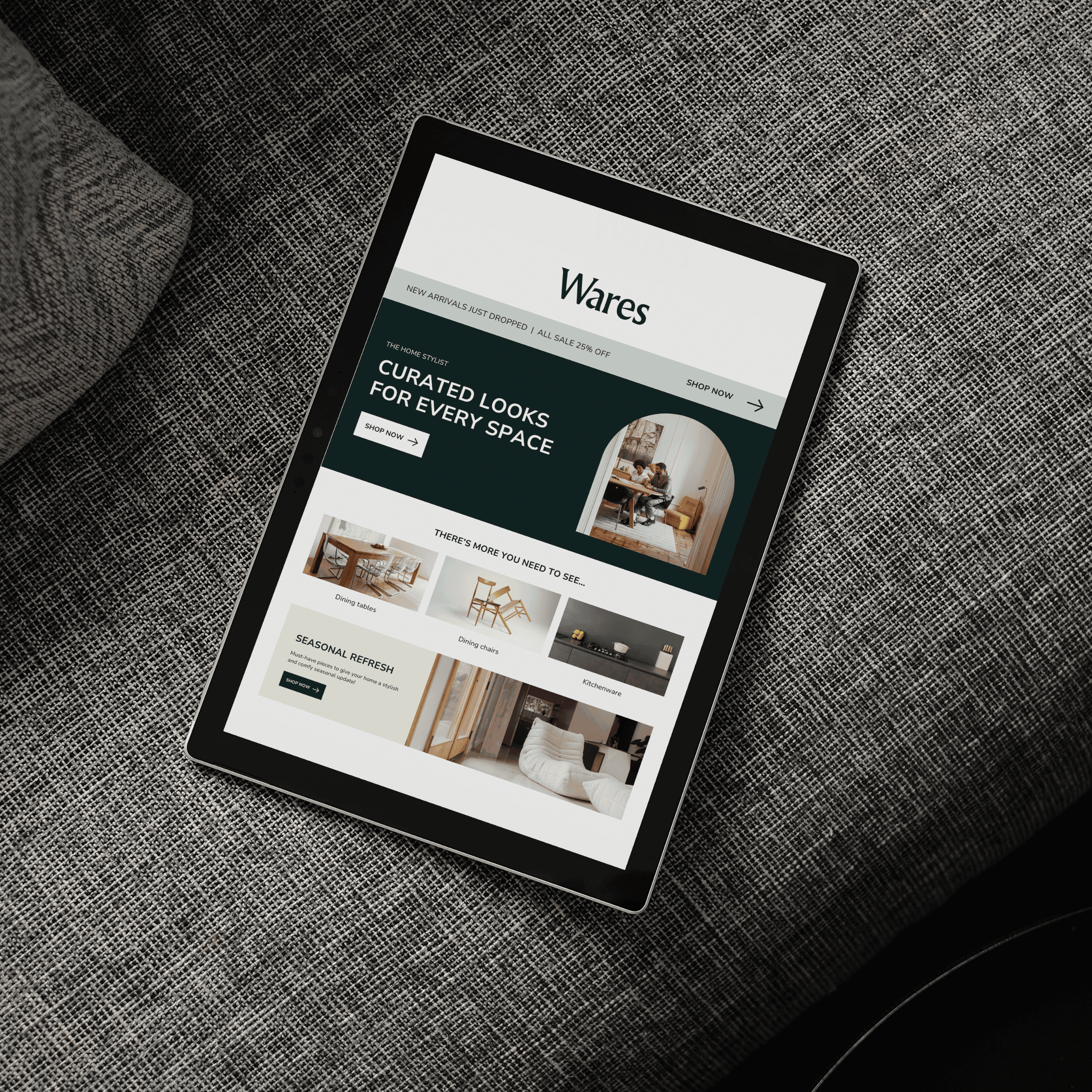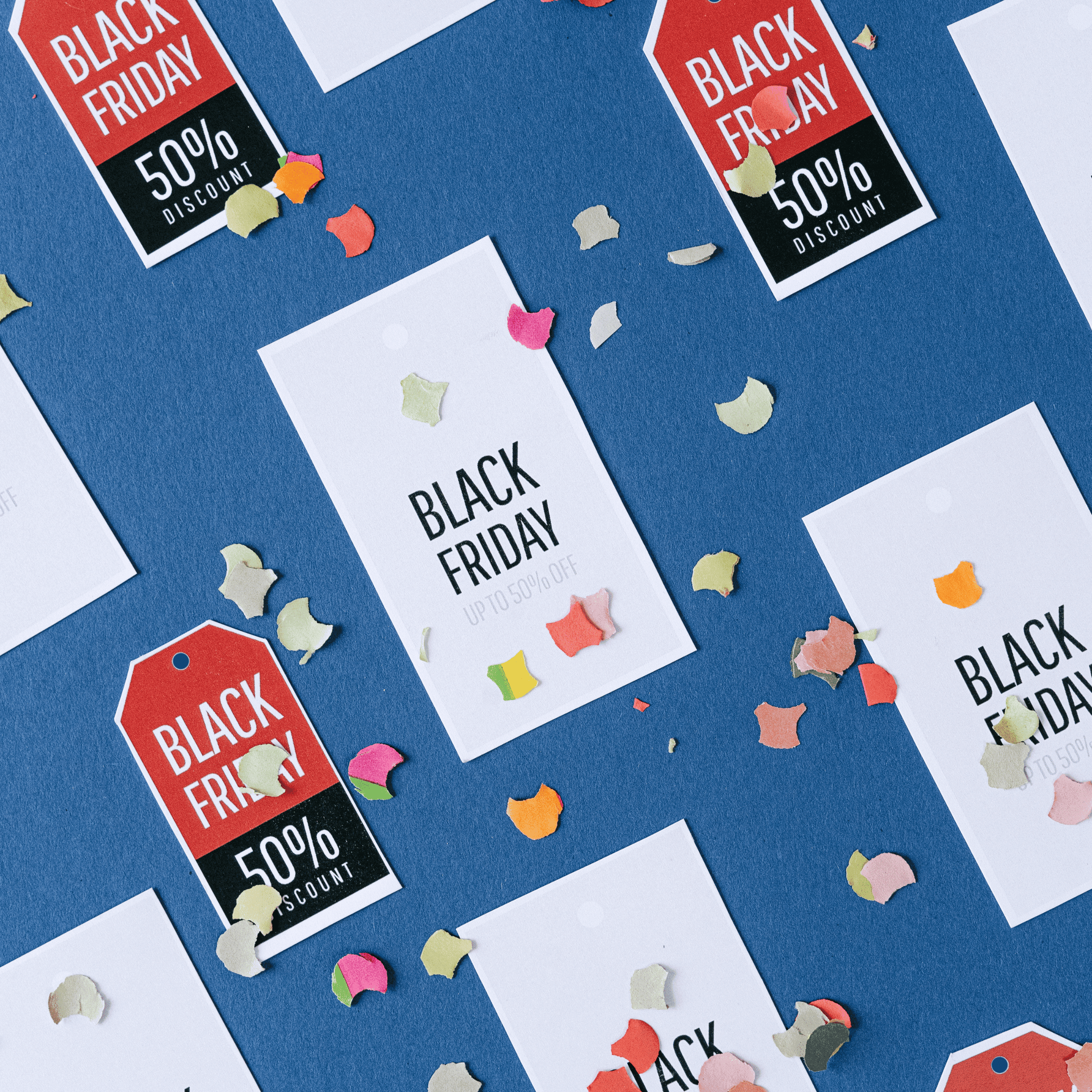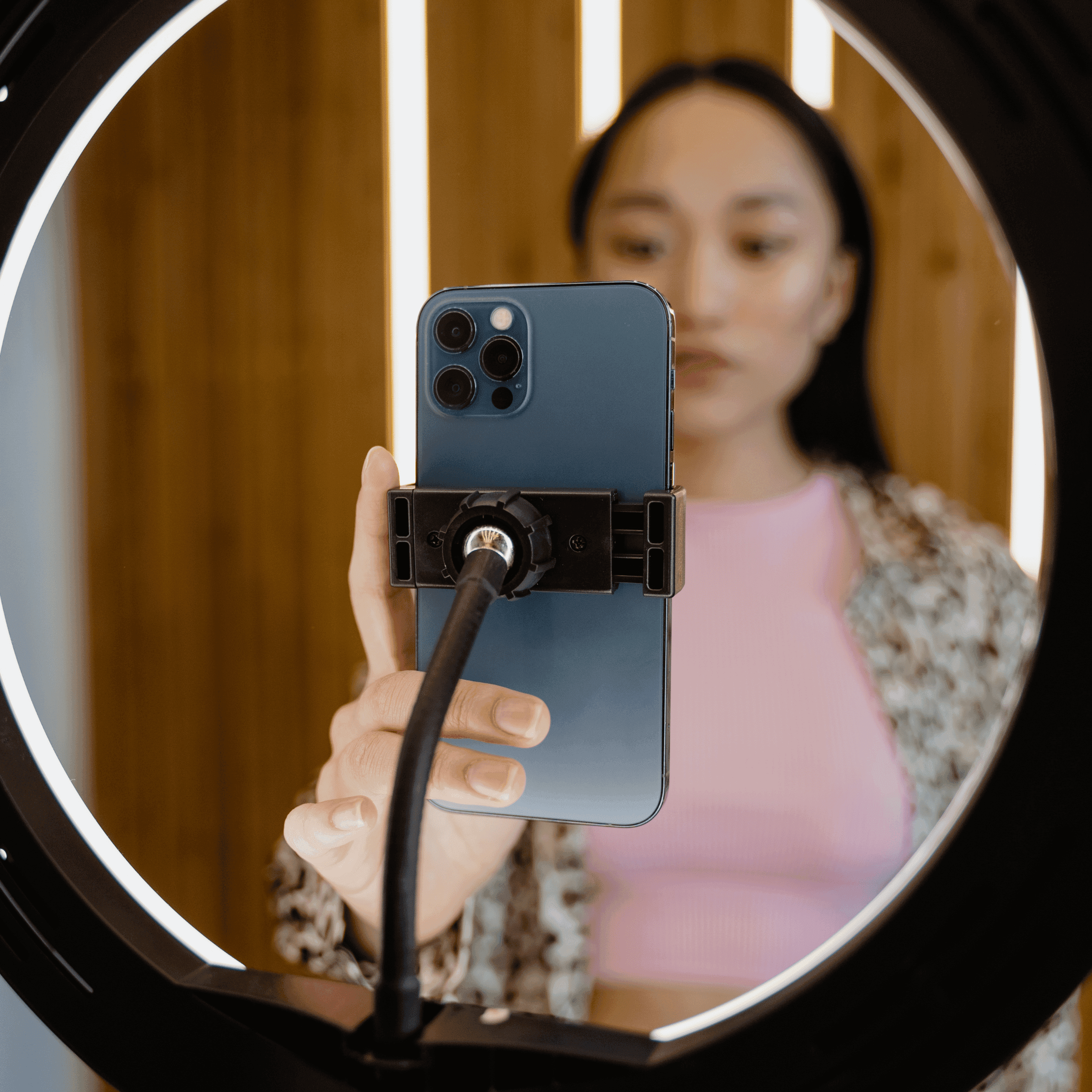The checkout experience is a critical factor in ecommerce success. A streamlined, user-friendly process not only increases conversions but also fosters customer loyalty. Shopify provides an excellent framework for a smooth checkout, but there are several ways you can optimize it to make it even more efficient. By making a few strategic adjustments, you can reduce cart abandonment rates and encourage repeat purchases.
1. Keep the Checkout Process Simple
One of the biggest reasons customers abandon their carts is a complicated checkout process. Studies suggest that nearly 70% of shoppers leave without completing their purchase due to unnecessary steps, long forms, or a confusing interface.
To prevent this, reduce the number of required fields and only ask for essential information. Shopify’s one-page checkout is a great way to minimize friction. Additionally, offering a guest checkout option can make a huge difference—many shoppers hesitate to create an account just to place a single order. By allowing them to complete their purchase without mandatory registration, you remove a significant barrier to conversion.
2. Provide Multiple Payment Options
Every customer has a preferred payment method, and limiting options can result in lost sales. Offering a variety of payment solutions ensures that all shoppers can complete their purchase in the way that’s most convenient for them. Shopify integrates with several payment gateways, including Shopify Payments, PayPal, Apple Pay, Google Pay, and Buy Now, Pay Later (BNPL) services like Klarna and Affirm.
BNPL options, in particular, have become increasingly popular, especially among younger shoppers. These solutions help boost average order value (AOV) and make higher-priced items more accessible. If you sell internationally, enabling multi-currency support ensures a seamless experience for global customers, eliminating any hesitation caused by currency conversions.
3. Optimize for Mobile Shopping
With the majority of online shopping happening on mobile devices, ensuring a fast and intuitive mobile checkout is essential. While Shopify automatically adjusts its checkout process for different screen sizes, additional optimizations can further enhance the mobile experience:
- Use large, easy-to-tap buttons to facilitate navigation.
- Enable autofill and address validation to reduce manual input.
- Limit scrolling and unnecessary fields to make checkout faster.
A well-optimized mobile checkout not only reduces abandonment rates but also leaves a lasting impression, encouraging customers to return for future purchases.
4. Customize Shopify Checkout for a Better User Experience
Shopify Plus users can leverage Shopify Scripts to personalize the checkout experience further. These scripts allow businesses to automate discounts, dynamic pricing, and shipping promotions based on customer behavior.
For example, you can apply automatic discounts for repeat customers, provide free shipping above a certain cart value, or create tiered pricing structures. Shopify also offers Checkout Extensibility, which allows you to fine-tune the layout, design, and functionality of your checkout page to align with your brand’s identity and improve usability.
5. Build Customer Trust with Transparency and Security
Trust plays a key role in whether a customer completes a purchase. Shopify’s checkout is PCI DSS compliant, ensuring secure transactions, but adding additional trust signals can reassure buyers further. Consider these elements:
- Display security badges (e.g., SSL encryption, secure payment logos).
- Provide clear return policies and estimated delivery times.
- Make customer support easily accessible via chat, phone, or email.
Unexpected fees at checkout can also deter buyers. Ensure that all costs—including taxes, shipping fees, and any additional charges—are visible upfront, preventing last-minute surprises that may lead to cart abandonment.
6. Enhance Order Fulfillment with a 3PL Partner
Even with a perfectly optimized checkout, slow or unreliable shipping can damage customer trust. This is where a third-party logistics (3PL) provider can make a significant difference.
A 3PL like Snapl streamlines warehousing, inventory management, and fulfillment, helping merchants offer faster shipping options such as same-day or two-day delivery. Additionally, integrating a 3PL with Shopify allows for real-time tracking updates, reducing customer service inquiries and improving the post-purchase experience.
By outsourcing fulfillment, you not only improve delivery reliability but also free up time to focus on growing your business, ensuring that customers receive their orders efficiently and hassle-free.
7. Strengthen Customer Engagement After Checkout
A great checkout experience shouldn’t end once the transaction is completed. Post-purchase engagement is key to building brand loyalty and turning first-time buyers into repeat customers.
Some effective strategies include:
- Sending order confirmation emails with clear tracking details.
- Offering loyalty rewards or exclusive discounts on future purchases.
- Providing post-purchase upsells or related product recommendations.
Additionally, requesting customer feedback through short post-purchase surveys can provide valuable insights into how you can further refine your checkout process.
The Key to Customer Retention
Improving your Shopify checkout goes beyond increasing conversion rates—it’s about creating a seamless, hassle-free experience that keeps customers coming back. By focusing on simplification, multiple payment methods, mobile optimization, checkout customization, trust-building, efficient fulfillment, and post-purchase engagement, you can enhance customer satisfaction and foster long-term loyalty.
By making these changes, your Shopify store can stand out in a competitive marketplace, offering a smooth and enjoyable checkout experience that encourages repeat business and brand advocacy.






